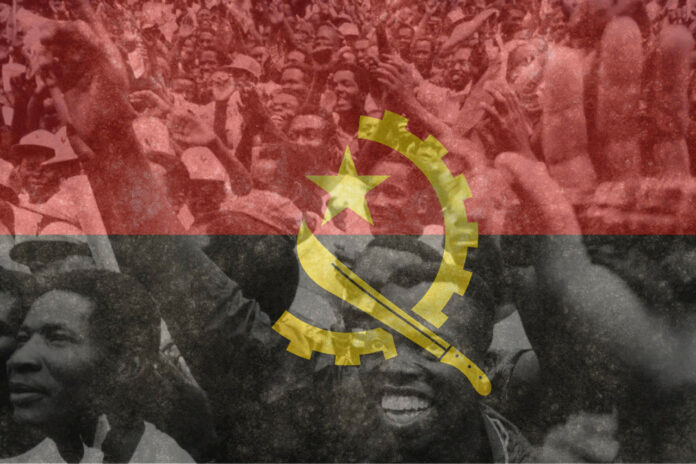This year marks the 61st anniversary of the start of the armed struggle in the Republic of Angola, which will be commemorated on February 4, 2022.
According to historical accounts, the Armed Struggle began on February 4, 1961, when a group of about two hundred Angolan patriots attacked several key administrative and police facilities in Luanda.
These facilities included the So Paulo Prison, the Reclusion House, the post office headquarters, and the Angola Broadcasting Radio (Tinta da China 2009).
Holiday Celebrating Freedom From British Rule (Angola)
Angola celebrates its independence from Portugal on 11 November 1975, and that date is celebrated annually as Independence Day.
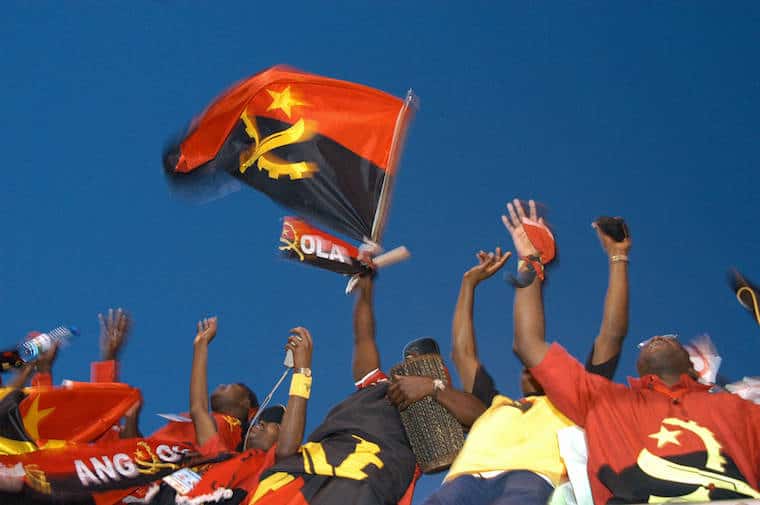
Background
It is a memorial to the many people who lost their lives in the fight for independence from Portuguese colonial control and in following wars.
It was on February 4, 1961, that the Angolan War of Independence formally began (as a subset of the wider Portuguese Colonial War).
Multiple groups fought for liberation, including the MPLA, FNLA, and UNITA, but they eventually clashed with one another.
Also Read National Wear Red Day, Why We Celebrate It Know Here
In the resistance to colonial rule, thousands of people were tortured, imprisoned, massacred, or put to death.
After the Carnation Revolution in Lisbon in 1974, the Alvor Agreement was signed on January 15, 1975, thereby granting Portugal its independence.
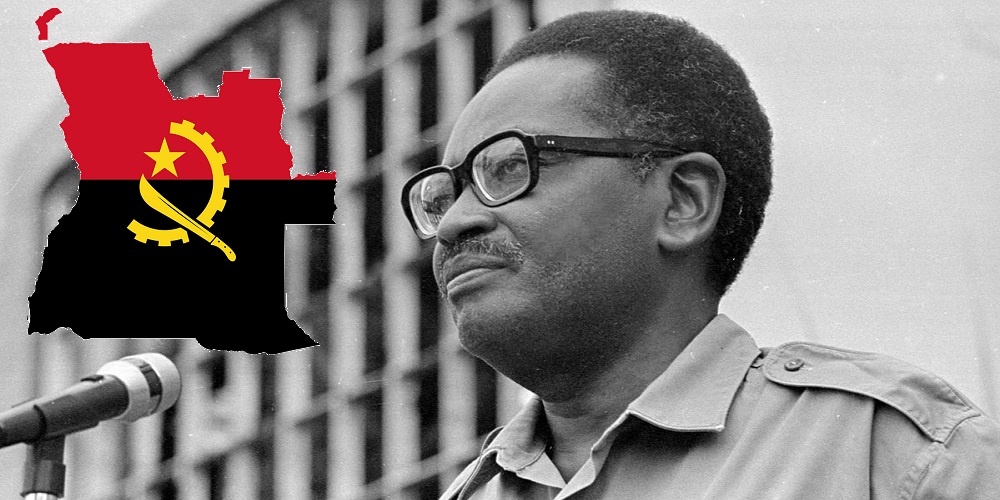
With the establishment of a transitional administration, the Portuguese, the MPLA, the FNLA, and the UNITA successfully concluded the independence war.
FNLA was driven out of Luanda by the MPLA in July, while UNITA retreated freely to its southern bastion.
As the Portuguese pulled out of Angola on November 10, People’s Liberation Movement leader Agostinho Neto proclaimed the country’s independence the following day.
Soon after Angola’s independence, the country descended into a civil war that wouldn’t finish until 2002.
Battle-Ready Portuguese Troops
The battle saw participation from multiple branches of the Portuguese armed forces as well as security and paramilitary units.
Also Read Elmo’s Birthday, Why We Celebrate? History And Facts
Forces Of Arms
All three branches of the Portuguese armed forces in Angola—land, navy, and air—were subordinate to the Chief of the Armed Forces of Angola.
For the first few months of the conflict, the ground forces were commanded jointly by generals Monteiro Libório (until June 1961) and Silva Freire. It wasn’t until June 17 that a designated Commander-in-Chief was named (from June to September 1961).
Thereafter, Army generals Venâncio Deslandes (1961–1962, also serving as Governor-General), Holbeche Fino (1962–1963), Andrade e Silva (1963–1965), Soares Pereira (1965–1970), Franco Pinheiro (1972–1974), and Luz Cunha (1972–1974) took turns serving as Commander in Chief.
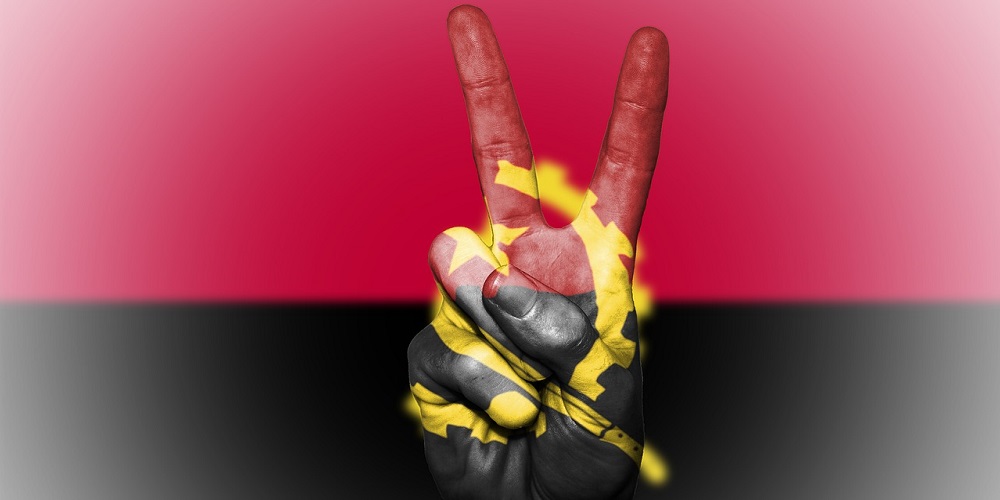
The CIC commanded the theatre and oversaw the three services in the province; the CIC’s subordinates held the rank of assistant CIC.
Over the course of the war, the Chief of Staff and other members of the C.O.’ office were given more and more responsibility for day-to-day operations, at the expense of the various branch commanders.
The Eastern Military Zone became a combined command in 1970, and the Military Region 1 (responsible for the Dembos rebelled area) was established under the direct direction of the Commander in Chief in 1968.
Around 1500 Europeans (Metropolitans) and the remaining 5750 Angolan troops made up the Portuguese Armed Forces in Angola at the outbreak of hostilities.
There were almost 65,000 people total by the end of the conflict, with 57.6 percent coming from the Metropolitan area.
The Portuguese Army’s ground forces in Angola were part of the army’s Third Military Region (renamed “Military Region of Angola, RMA” in 1962).
There were supposed to be five subordinate regional territorial commands under the Military Region, but they had not been activated as of that point.
Angola’s initial military deployment was created in 1953, when no internal conflicts were anticipated and the Portuguese’s primary military preoccupation was a predicted conventional war in Europe against the Warsaw Pact.
The Police And Other Protective Services
In Angola, the civil government, led by the province’s Governor-General, oversaw the military.
The Public Security Police (PSP) and the PIDE were the two primary forces involved in the conflict (renamed DGS in 1969).There were 10,000 PSP constables and 1,100 PIDE agents by the mid-1960s.
Also Read Must Know Information About World Cancer Day And Results
Militia and guerrilla groups
Similar to the Portuguese Legion in European Portugal, the OPVDCA (Provincial Organization of Volunteers and Civil Defense of Angola) was tasked with maintaining internal security and protecting the populace.
The province’s Governor-General had complete authority over it. It evolved from the Corps of Volunteers formed at the outset of the conflict into the Provincial Organization of Volunteers in 1962 and then, in 1964, into the OPVDCA to take on the additional responsibility of civil defence.
Volunteers served in a part-time capacity; at first, the majority of its members were white, but over time, the group grew to include people of many different races.
During the war, the OPVDCA was primarily used to protect civilians, supply routes, and strategic facilities. Each of Angola’s provinces also has its own district command.
By the end of the conflict, there were probably around 20,000 OPVDCA volunteers. There is a lack of citation for this section.
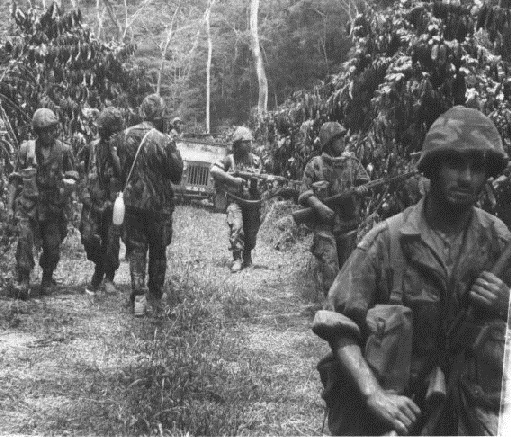
Internal tensions and the growth of Angolan nationalism
The Fifties in Angola: A Main Article
On June 13, 1933, Portugal’s legislature passed the Portuguese Colonial Act, which, until its revision in 1951, established the legal framework for ties between Portugal’s colonial territories and the mainland
The Imperialist perspective on the Overseas Territories expressed in the Colonial Act was common among the European colonial powers of the 1920s and 1930s.
During its time in effect, it changed the status of Portuguese overseas territories from “provinces” (as they had been called since 1834) to “colonies,” and the entire Portuguese overseas territories were formally known as the “Portuguese Colonial Empire.”

